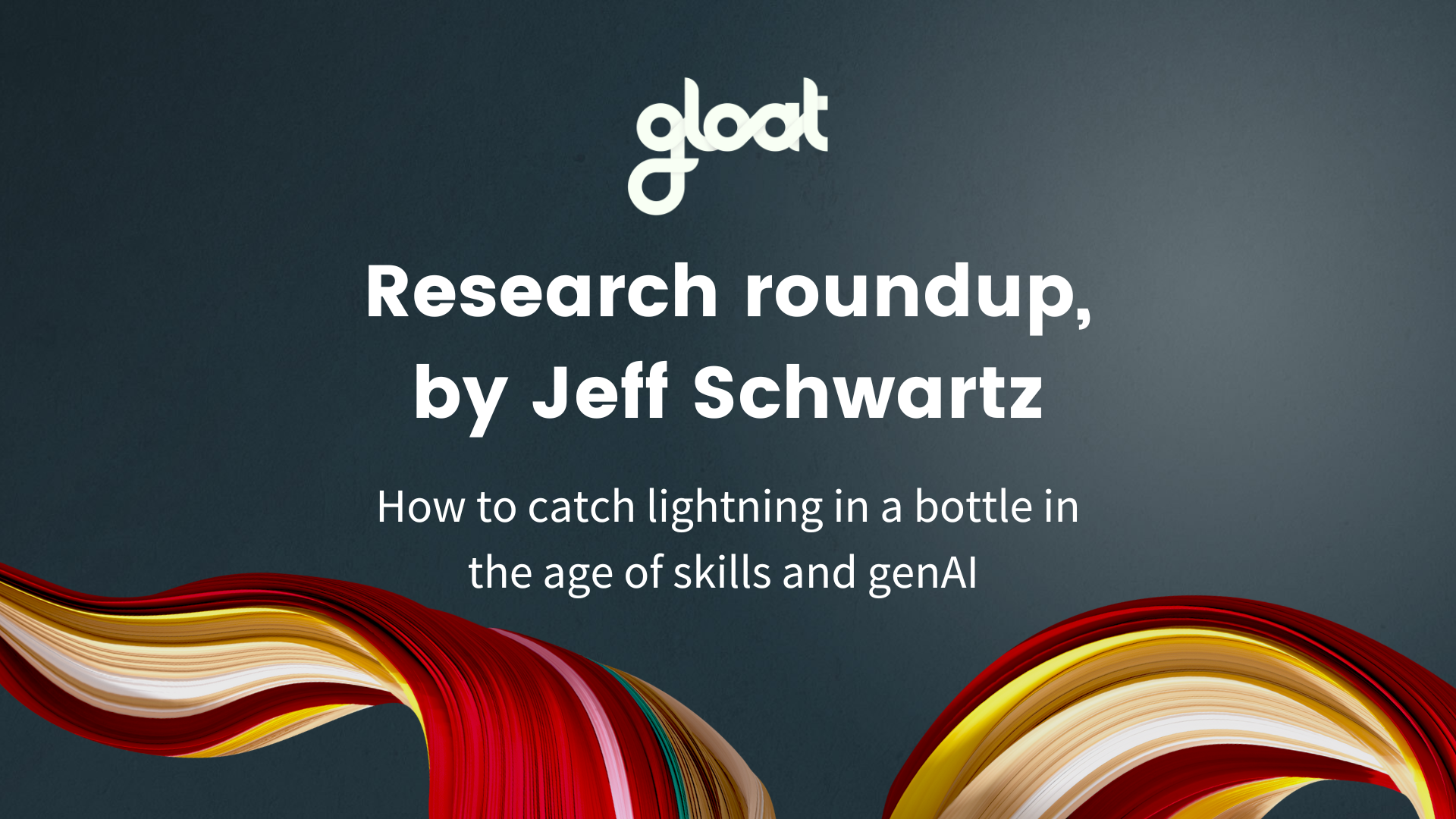How to optimize the employee lifecycle with a workforce agility platform
Maximize engagement from an employee’s first day on the job to their last

Most leaders know that bolstering employee engagement pays off. Highly engaged workers are 10% more likely to beat expected performance, regardless of their position. As a result, the companies they work for achieve 2.5 times more revenue growth with 40% less churn.
Consequently, many organizations are devising engagement strategies to boost workplace morale and tap into the benefits that engaged workforces have to offer. Yet, plenty of initiatives are missing the mark because they fail to take one key consideration into account: where people are in the employee lifecycle.
Contrary to what some leaders might believe, there’s no one-size-fits-all formula for bolstering engagement. Instead, people’s goals, priorities, and expectations are shaped by several factors, including their progression through the employee lifecycle. Leaders who are looking to improve engagement must understand where employees are in their professional journeys and learn how to harness technology to enhance every step of their experience.
What is the employee lifecycle?
The employee lifecycle is an HR model that identifies the different stages a worker advances through during their time with your organization. Generally, the employee lifecycle begins with recruitment and concludes with resignation or retirement.
It was inspired by customer journey mapping, which allows businesses to holistically view customers’ experience with their brand, taking action to shape the journey audiences take to reach a desired result. Similarly, mapping the employee lifecycle enables leaders to track how workers engage with their organization as they reach various milestones with the business.
Employee lifecycle modeling leads to a more consistent work experience. It also makes it easier for employers to collect and analyze data to better understand how their workforce develops. These insights are particularly crucial for the stages of the employee lifecycle that overlap with core HR responsibilities, such as onboarding and training.
Workforce agility platforms and the employee lifecycle
HR leaders need a different set of tools to navigate the employee engagement challenges that the new world of work brings to the table. Workers are no longer content with climbing traditional, vertical career leaders; instead, people are searching for purpose and looking for opportunities to craft their own portfolios of multi-directional development.
There’s only one tool that can fuel the type of employee-led career development that workers are looking for: workforce agility platforms. Rather than relying on a rigid HCM system that creates a cookie-cutter approach to employee growth, this technology matches workers with opportunities that align with their personal ambitions and business needs. Leaders can also tap into Workforce Intelligence to guide strategic workforce planning decisions and finetune their talent strategy to optimize the employee lifecycle.
How workforce agility platforms upgrade every stage of the employee lifecycle
#1. Recruiting and onboarding
The first stage of the employee lifecycle will set the tone for how your people feel about their time at your organization. In addition to being critically important, getting recruiting and onboarding right is also exceptionally difficult. HR leaders must develop interim solutions to fill vacancies while also bolstering their employer brand to attract new talent.
Fortunately, workforce agility platforms help solve both challenges simultaneously. Leaders can leverage their talent marketplace to find employees for short-term projects. Hiring managers can highlight the unparalleled visibility the platform provides to get recruited candidates excited about their future at the company.
#2. Learning
Once employees officially start their journey with your organization, workforce agility platforms will help them get up to speed quickly. New hires can harness the talent marketplace to identify mentoring and shadowing opportunities and apply for projects and gigs to build critical skills.
#3. Leadership and talent
It’s never easy when a team lead or a member of the C-suite decides to leave. That said, it doesn’t mean you have to devote countless hours and dollars towards executive recruitment and onboarding. Workforce agility platforms empower leaders to build the next generation of stakeholders from within their organization by identifying employees with the skills and experience needed to step into high-priority roles.
#4. Performance and development
Many employees want to take their careers to the next level, but struggle to figure out what steps they should take. Rather than letting them guess, workforce agility platforms include dynamic career pathing tools to break down the skill gaps they must bridge and spotlight relevant development opportunities.
#5. Individual employee needs
The days of strict 9-to-5 schedules and minimal vacation time have come to a close. Flexibility is at the heart of the new employment deal, and workforce agility platforms can ensure you’re giving people the autonomy they’re looking for. Breaking down roles into projects and gigs makes it easier for employees to take the time off they need, as hiring managers can tap into talent across the organization whenever they’re looking for an extra set of hands.
#6. Reward and recognition
As people progress through the employee lifecycle, leaders should call out the all-star employees who are leveraging their workforce agility platform to build new skills and expertise. Analytics detail the number of projects posted and completed, so leaders can recognize employees who are going the extra mile.
#7. Employee engagement
Even if workers are initially engaged, it can be challenging to maintain this momentum throughout their tenure with the company. Rather than guessing what direction employees are looking to take their careers in, managers can leverage Workforce Intelligence to better understand the skills their people want to build and the types of opportunities they gravitate towards.
#8. Organizational change
It’s inevitable, particularly during our current decade of disruption. By providing full visibility into the skills within your organization, Workforce Intelligence makes it easier to shift gears and execute do-or-die pivots.
#9. Strategy
The impact of a workforce agility platform goes far beyond one-off employee engagement boosts. In fact, the technology empowers leaders to reimagine hiring by adopting an internal-first resourcing policy that prioritizes employee growth and development. Unsurprisingly, companies that excel at internal mobility benefit from employee retention rates that are nearly twice as long as those that struggle with it.
#10. Leaving
Finally, when workers reach the last stage of the employee lifecycle, leaders can harness workforce agility platforms to identify colleagues who can take on their coworker’s responsibilities. Breaking down an exiting employee’s role into projects and gigs minimizes the toll turnover takes on the organization and ensures no priority slips through the cracks during this transitional time.
The secret to maximizing engagement is tailoring strategies to where people are in the employee lifecycle. If you want to learn more about what you can do to optimize the employee experience for every team member, learn how a workforce agility platform helps grow and develop your people.




